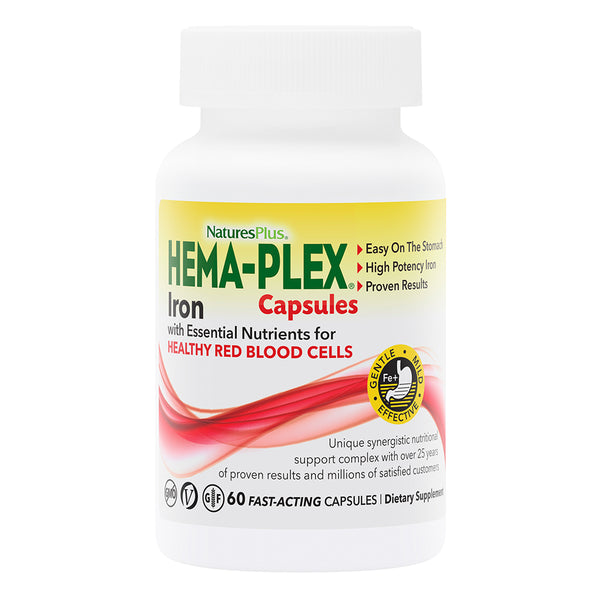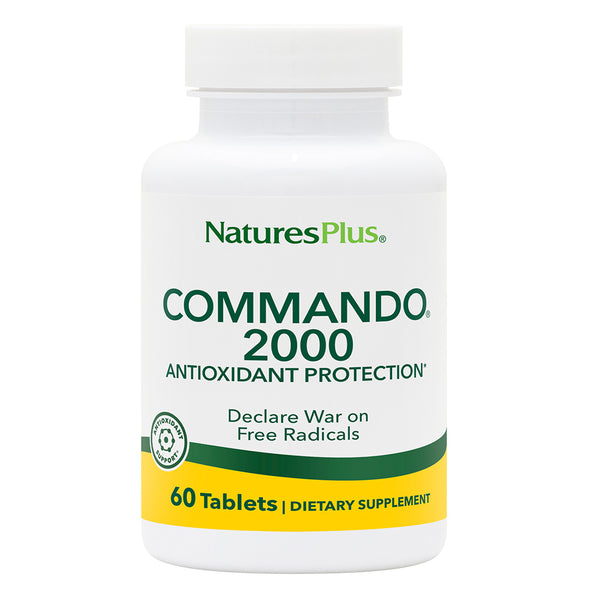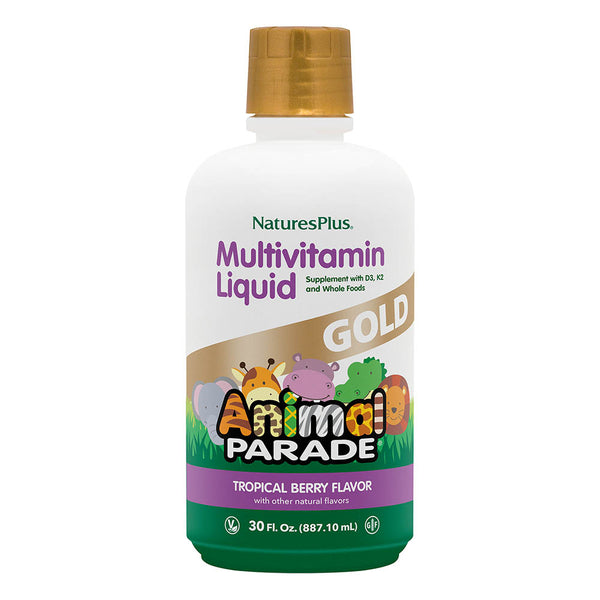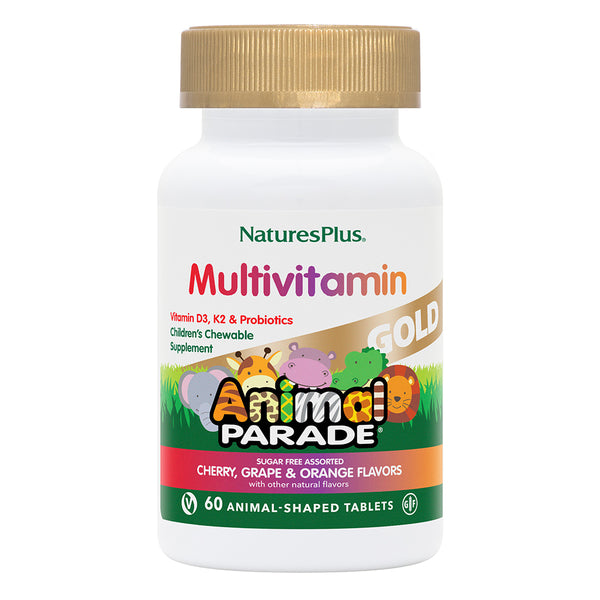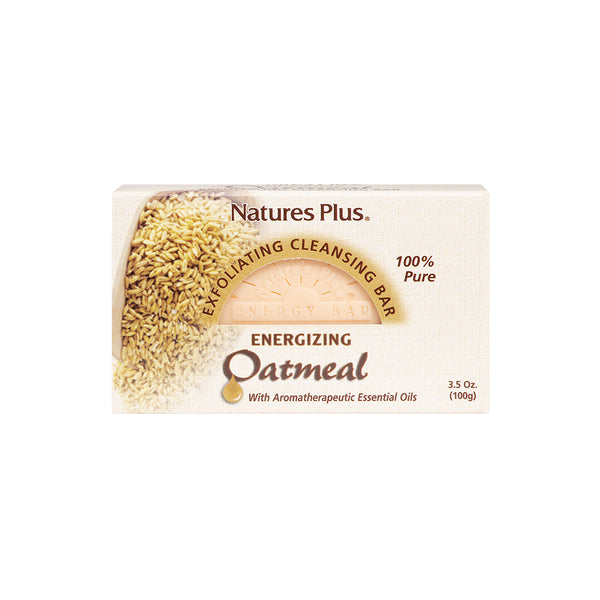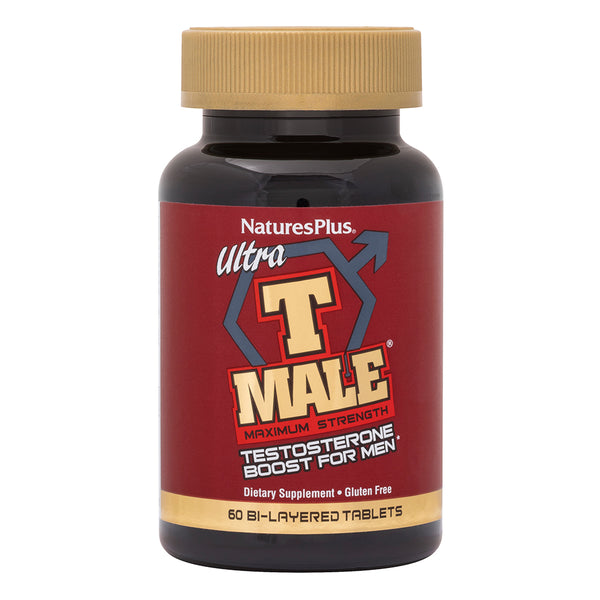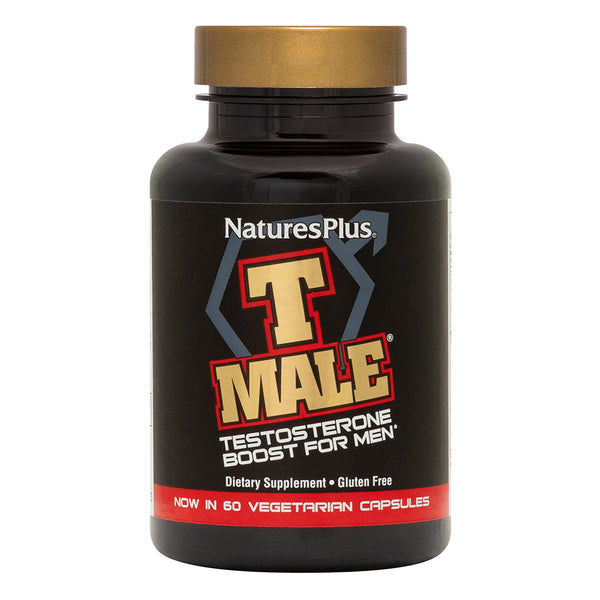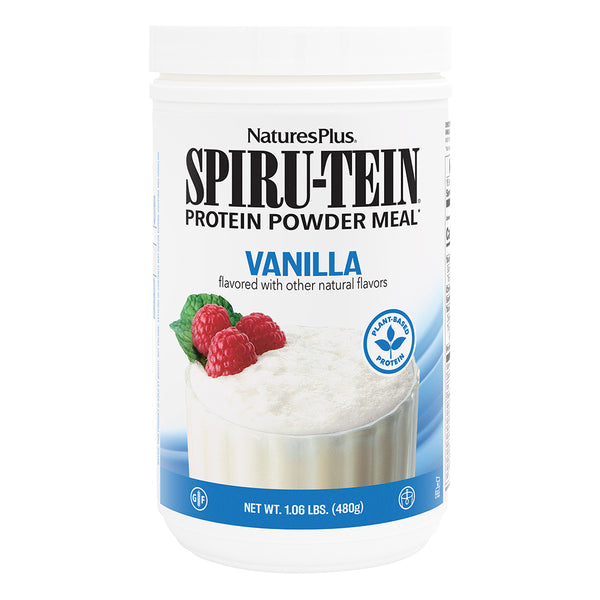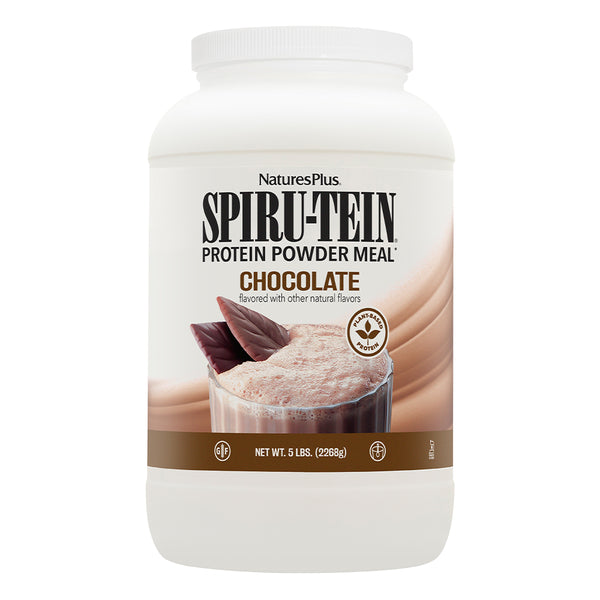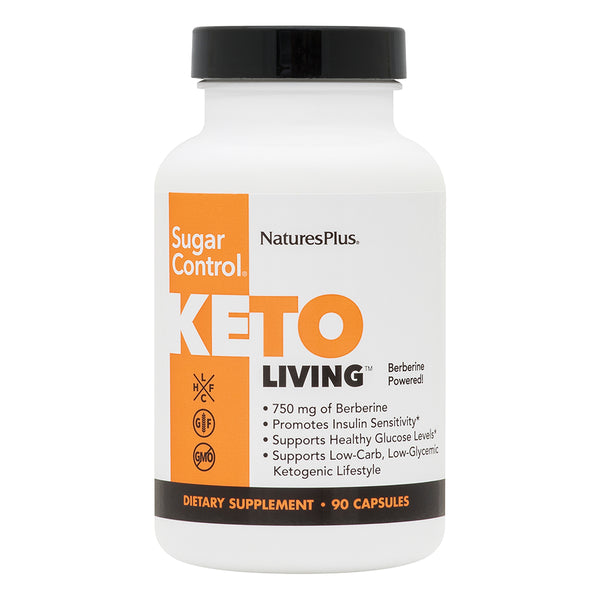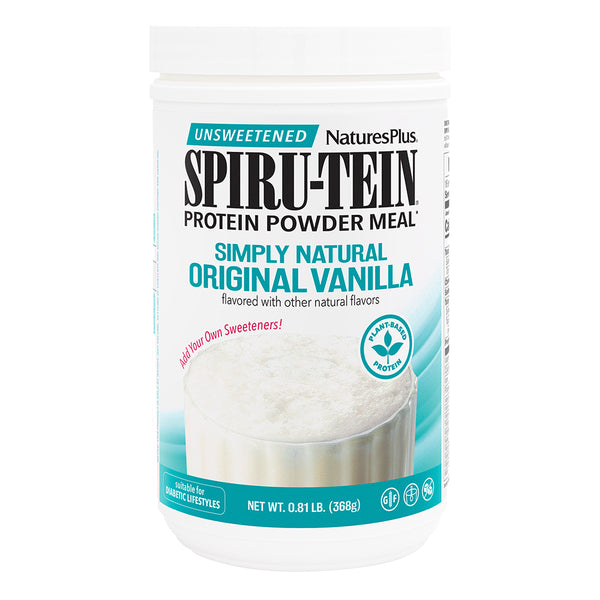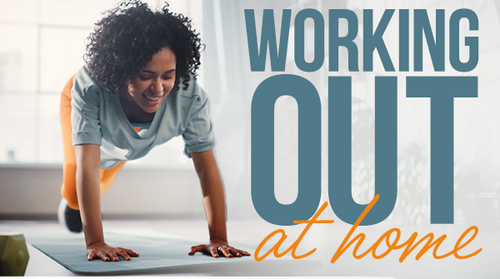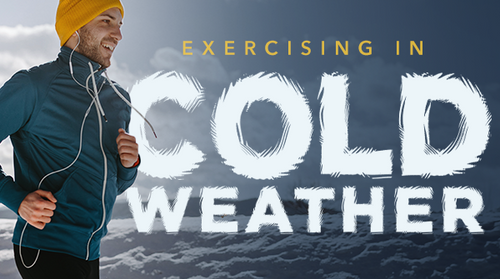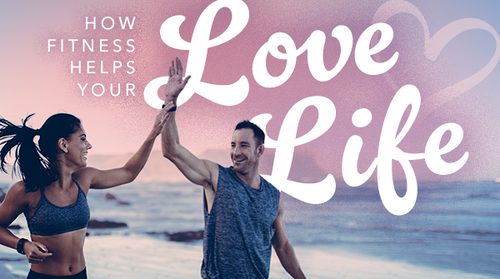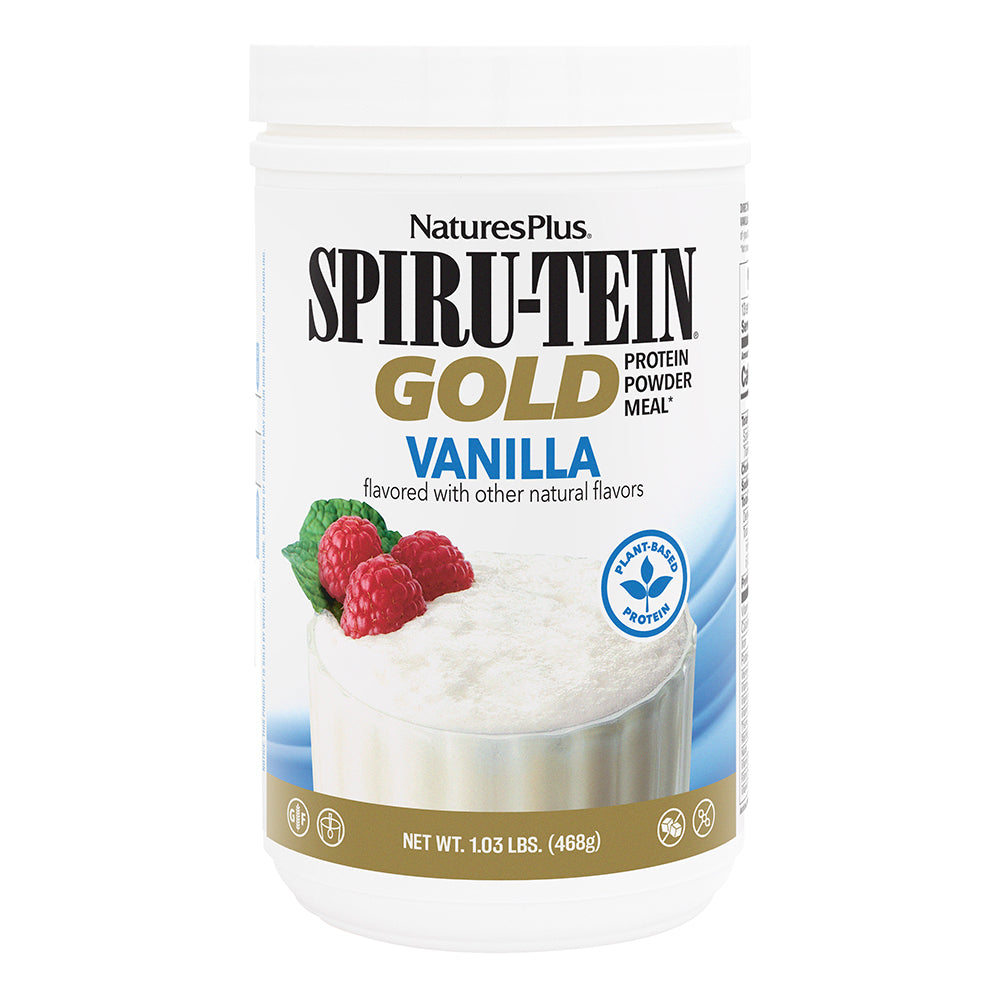You've probably heard about the great results you can expect by adding squats to your fitness routine, especially for your gluteus muscles (glutes), hamstrings and quads.
But squats are also a great way to increase your strength, mobility and even your balance, all of which will help keep you feeling healthy in your everyday life.
Keep reading to find out how many squats you should do a day, how long it takes to see results, different squat variations, and great stretches for before and after a lower body workout.
How Long Does It Take to See Results From Squats?
The number of squats that you should do a day to see results really depends on your goals.
In most cases, you should complete three to five sets of eight to 12 reps two to three times a week. To simplify things, you could do five sets of 10 squats three times per week. This adds up to 150 squats each week. If you follow this routine, you should probably begin to see results in as little as four weeks.
If you're looking for specific results, here are some additional recommendations:
- If you're a beginner and you're just adding squats to your fitness routine, start out by doing 20 squats per day. Once you are able to fly through that amount with ease, increase the number.
- If you're hoping to give your metabolism an extra boost, try doing 50 squats per day.
- If you're really motivated to see big results in regards to your stamina and muscle growth, add 100 squats to your daily routine.
Different Squat Variations
It's really important to keep in mind that, when it comes to squats, quality is way more important than quantity. In other words, make sure that you're practicing proper form when knocking out a squat sesh.
Once you are able to complete a set without breaking a sweat, up the ante by incorporating a free weight or a dumbbell. Just make sure that you're making gradual changes and avoiding squatting too much. If you overextend yourself, it could result in injury, especially if you're squatting with improper form. Here is a look at some of the most popular squat variations, with directions for how to properly complete each one:
The Basic Squat
Follow these steps to complete a basic squat:
1. Stand with your heels planted shoulder-width apart.2. Engage your core while keeping your chest up and neck in a neutral position. Then, bend your knees while pushing your hips back, creating a sitting motion. Raise your arms in front of you so that they are parallel to the floor as you complete the motion.
3. Pause and briefly rest in the position as your thighs become parallel to the floor. Return to the starting position by pushing up through your heels.
The Curtsy Squat
If you're hoping to really target your bottom, try doing the curtsy squat:
1. Stand with your heels planted shoulder-width apart. Place your arms at your sides or keep your hands on your hips, whichever is most comfortable.2. While engaging your core, extend your right foot back and across until your left thigh reaches a position that is parallel to the floor. Keep your chin and chest upright while completing the motion.
3. Briefly pause before pushing up from the heel of your left foot, returning you to your starting position.
4. Repeat the motion, but this time with your left foot. This completes one rep.
The Split Squat
The stance for the split squat is really similar to a lunge because it targets one leg at a time. This exercise requires more balance than some of the others, so try to focus on that as you complete your rep:
1. Stand with your right leg widely staggered in front of your left leg. Either keep your arms at your sides or hold a dumbbell in each hand for an extra challenge.2. Keep your core engaged and chest up while bending your knees until your right thigh becomes parallel to the floor and your left knee is close to touching the floor. While completing this motion, make sure that your right knee doesn't go past the toes of your right foot.
3. Briefly pause before returning to your starting position. Repeat this motion until you have completed your desired number of reps, and then switch your staggered positioning to complete the reps for your left leg.
The Goblet Squat
If you have trouble completing the other squat variations because of pain or overall difficulty, you can try the goblet squat. For this exercise, you should have a dumbbell that weighs 10 pounds or more, depending on your strength and comfort level, then:
1. Cup your hands around one end of the dumbbell while allowing the other end to dangle toward the floor.2. Hold the dumbbell with bent elbows comfortably in front of you, allowing it to touch your chest. Keep your stance wide with your toes pointed out.
3. While keeping the dumbbell in place, bend your knees and push your hips back. Make sure that you keep your chin and chest in an upright position. If you're able to, allow your thighs to dip past a parallel position to the floor.
4. Briefly pause before pushing up through your heels and returning to your starting position.
Recovery and Stretches
Stretching is usually best when saved for after a workout because your muscles are still receptive and warm. By holding your stretches for a bit longer than usual, you can make sure that you get rid of kinks from popping up in your glutes, which can prevent injury. Focus on stretches that target your legs and core.
- Standing Pigeon Stretch:Stretch your hips and glutes by placing one leg at a 90-degree angle across a box or flat surface that's at about hip height. Press your other hip in while rotating the hip that's resting on the box in a backward motion. Hold the stretch for at least 30 seconds and then switch to the other side.
- Lizard Lunge with External Rotation:Take a staggered stance by placing one foot in front of you while keeping your knee behind your toes. Your opposite leg should be extended behind you. Carefully roll your foot to where the outside is touching the ground, then lightly push your knee away from you. Hold the position for 30 seconds, if not longer, and then switch to stretch your other hip and hip flexor.
- Squat Hold With a Reach Back:To stretch your thoracic spine and hips, you can position yourself in a deep squat. Unlike actual squats, there is no need to keep your thighs parallel to the ground. While keeping your heels flat, dip down as low as you can comfortably go, and then stretch one arm upward while trying to touch your ear with your bicep.
- Ankle and Calf Stretch:To do this stretch, you need to attach a resistance band to a sturdy object, and loop the other end around your ankle. Assume a lunge position and, with your heel remaining flat, push your knee forward past your toes. Hold the position for at least 30 seconds before repeating it on the other side.
Like this article? You’ll love our weekly newsletter
sign up here!
**These statements have not been evaluated by the Food and Drug Administration. This product is not intended to diagnose, treat, cure or prevent any disease.



